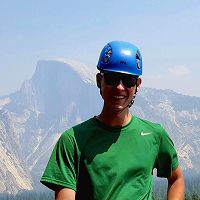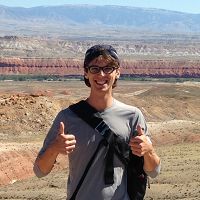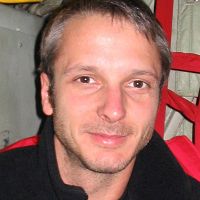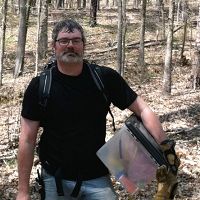Callahen et al., 2016
Probing the critical zone using passive- and active-source estimates of subsurface shear-wave velocities
Callahen, R.P.; Taylor, N.J.; Pasquet, S.; Dueker, K.G.; Riebe, C.S.; Holbrook, W.S. (2016)
Fall Meeting, American Geophysical Union, December 2016. Abstract EP43C-0966.
-
Sierra, GRAD STUDENT
-
Sierra, GRAD STUDENT
-
Sierra, INVESTIGATOR
-
Boulder, Calhoun, Eel, Reynolds, Sierra, COLLABORATOR
Abstract
Geophysical imaging is rapidly becoming popular for quantifying subsurface critical zone (CZ) architecture. However, a diverse array of measurements and measurement techniques are available, raising the question of which are appropriate for specific study goals. Here we compare two techniques for measuring S-wave velocities (Vs) in the near surface. The first approach quantifies Vs in three dimensions using a passive source and an iterative residual least-squares tomographic inversion. The second approach uses a more traditional active-source seismic survey to quantify Vs in two dimensions via a Monte Carlo surface-wave dispersion inversion. Our analysis focuses on three 0.01 km2 study plots on weathered granitic bedrock in the Southern Sierra Critical Zone Observatory. Preliminary results indicate that depth-averaged velocities from the two methods agree over the scales of resolution of the techniques. While the passive- and active-source techniques both quantify Vs, each method has distinct advantages and disadvantages during data acquisition and analysis. The passive-source method has the advantage of generating a three dimensional distribution of subsurface Vs structure across a broad area. Because this method relies on the ambient seismic field as a source, which varies unpredictably across space and time, data quality and depth of investigation are outside the control of the user. Meanwhile, traditional active-source surveys can be designed around a desired depth of investigation. However, they only generate a two dimensional image of Vs structure. Whereas traditional active-source surveys can be inverted quickly on a personal computer in the field, passive source surveys require significantly more computations, and are best conducted in a high-performance computing environment. We use data from our study sites to compare these methods across different scales and to explore how these methods can be used to better understand subsurface CZ architecture.
Citation
Callahen, R.P.; Taylor, N.J.; Pasquet, S.; Dueker, K.G.; Riebe, C.S.; Holbrook, W.S. (2016): Probing the critical zone using passive- and active-source estimates of subsurface shear-wave velocities. Fall Meeting, American Geophysical Union, December 2016. Abstract EP43C-0966. .
Explore Further




